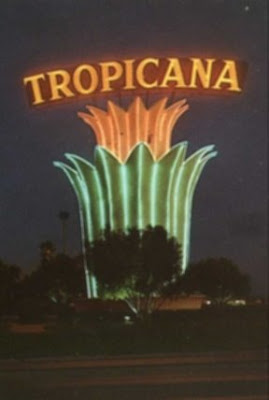Medtronic Sofamor Danek USA, Inc. v. Globus Medical, Inc. is another effort by a patent-owning enterprise to try to have its cake and eat it too. The problems start when the company that owns the patents isn’t the manufacturing arm, so the patents are licensed to a sister (child, parent, cousin, etc., etc.) company. It’s sometimes done for tax purposes. The result is that the plaintiff may not actually have standing, and there may be limitations on the damages available.
It appears Medtronic put some effort into trying to conquer the beast with its licensing strategy. Co-plaintiff and Medtronic family member Warsaw Orthopedic, Inc. was the owner of the patents in suit. Warsaw granted patent licenses to family members Medtronic Puerto Rico Operations Co., Medtronic Sofamor Danek Deggendorf, GmbH, and Medtronic Sofamor Danek USA, Inc. The four were parties to the suit.
Defendant Globus challenged the four companies’ standing. After describing the three categories of ownership (those that can sue in their own name alone, i.e., owners, those that can sue if the patent owner is joined, i.e., exclusive licensees, and those that can’t sue, i.e., non-exclusive licensees), the court evaluated each of the companies’ ownership interest in the patent. Warsaw was fine as the owner. The parties had also prepared for the threat to the licensees’ standing, set up by the license agreement to argue they were “co-exclusive” licensees: “Licensor grants to Licensee the Co-exclusive right to use, develop, enjoy, and enforce the Intellectual Property Rights . . . .”
But the court wasn’t fooled; the argument was a no go. Warsaw had retained the right in the various agreements to grant other licenses. That was enough to defeat the “co-exclusive” licensees’ claim of exclusionary rights, even though in some cases Warsaw could only grant further licenses to other family members. The three Medtronic companies had no standing.
Why does it matter if the patent owner was a party? Damages. If the licensees’ claim of exclusionary rights stuck, they would have been entitled to lost profits. Warsaw, as a non-manufacturing licensor, conceded it had no lost profits, so its damages were limited to a reasonable royalty.
There’s also a lesson Medtronic will never forget – the court must always consider constitutional standing, whether the parties stipulate to it or not. Maybe it was a dirty play, but the parties stipulated that “Plaintiff Warsaw is the owner, by assignment, of [the patents in suit]. Plaintiffs Medtronic USA, Inc., Medtronic Puerto Rico Operations, Co., and Medtronic Deggendorf, GmbH are co-exclusive licensees of the [patents in suit] and, together with plaintiff Warsaw, share the exclusive right to bring suit for infringement of the patents.” But that isn’t good enough to divest the court of jurisdiction over the question. The plaintiffs moved to re-open the record to add evidence of Warsaw’s lost profits in light of the late-breaking theory, but Medtronic had enough clues that the defendant hadn’t waived the argument that the motion was denied.
Medtronic Sofamor Danek USA, Inc. v. Globus Medical, Inc., Civ. No. 06-4248, 2009 WL 2138486 (E.D. Pa. July 15, 2009).
© 2009 Pamela Chestek



